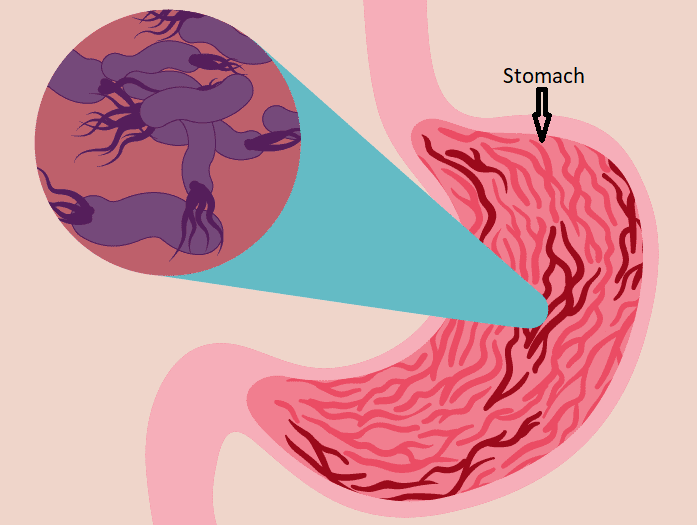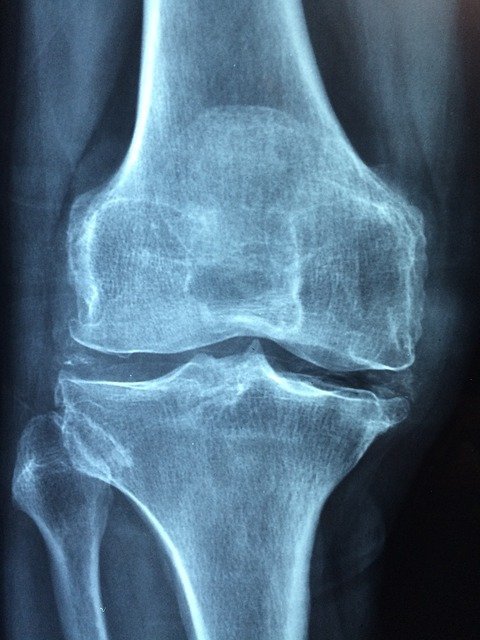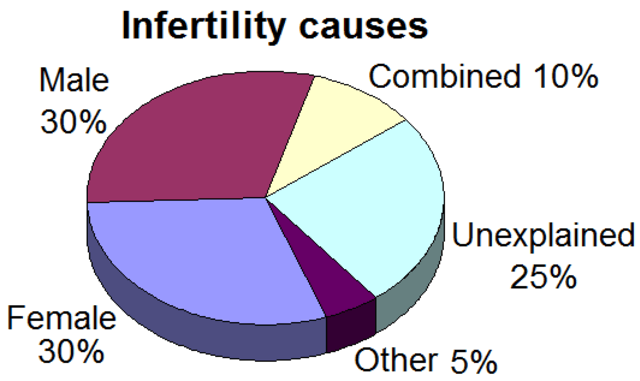- Cupping / Hijama Points Treatment Plan
- Body Part / Function Involved
- Symptoms and Effects
- Dietary Changes
- Changes in Lifestyle
- Alternative Remedies
Information on this site shall be considered as holistic, alternative and spiritual advice only. For medical advice and treatment a GP, medical professional and/or Certified Hijama Therapist should be consulted. In all circumstances where lifestyle changes, supplements, or other foods are suggested your GP should be consulted. Client Safety is the number one priority.
Cupping / Hijama Points Treatment Plan for Gastritis
Allow 2-4 weeks between sessions – longer if required. Hijama Points shown for each session should ONLY be used to guide the therapist. Body size, cup size, and any other conditions need to considered and appropriate care and attention taken. The number of sessions shown can be increased or reduced depending on the condition of the client.
Complete Treatment Plan
Click here for Session 1Click here for Session 2
Click here for Session 3
Use the standard hijama points as an additional or as separate standalone sessions.
Standard Wet Points – 1,55,121
Click here for Hijama Points on the front of the bodyClick here for Hijama Points on the back of the body
If the client has a complicated history and numerous concerns then it is a good idea to use our online consultation service – click here.
Which body part or function is involved in Gastritis?

The stomach is responsible for the digestion of the food, and to perform this function several enzymes and HCl acid are produced by the stomach. The stomach is susceptible to develop several pathologies including gastric cancer, dyspepsia, gastritis, and peptic ulcers. Gastritis is described as an inflammation of gastric mucosa. Injury or damage caused to the mucosal lining (which is protecting the stomach wall) permits stomach acid and digestive enzymes to act on and cause further damage to the stomach lining. Gastritis can be classified as erosive and non-erosive depending upon the severity of the mucosal injury. There are some factors and diseases which increase the risk of developing gastritis such as:
1. Bacterial infections: H. pylori infection is one of the most commonly occurring infections worldwide. Not all cases of H. pylori infections lead to gastritis, in fact only a small number of H. pylori infections lead to upper GI disorders and gastritis. Vulnerability to bacterial infection is dependent on lifestyle choices, smoking, alcohol, type of diet and it could be inherited.
2. Excessive use of painkillers: Pain killers like ibuprofen, aspirin, and naproxen can cause chronic and acute gastritis. Regular or excessive use of these pain killers can decrease the key substance that protects the lining of the stomach.
3. Old age: Older persons have a greater chance of developing gastritis than young people. This happens because the gastric lining tends to become thin with the age. Moreover, with old age chances of autoimmune diseases and bacterial infections also increase.
4. Alcohol: Alcohol causes irritation and erosion of the stomach lining, making it more vulnerable to the damage caused by digestive enzymes. Excessive use of alcohol may cause acute gastritis.
Autoimmunity: A type of gastritis namely, autoimmune gastritis is caused when the body’s immune system starts attacking the cells that make up the stomach lining, it can reduce the stomach’s protective lining. This type of gastritis found in patients with autoimmune disorders and Type 1 diabetes.
Stress: If severe stress is caused by burns, major surgery, injury, and severe infection then acute gastritis may be caused.
Other Diseases: Gastritis can also result from other diseases such as Crohn’s disease, HIV AIDS, and parasitic infections.

What are the symptoms and effects of Gastritis on the body?
Symptoms of gastritis include nausea, vomiting, indigestion, and feeling of fullness of upper abdomen after having a meal stomach, and burning pain or gnawing in upper stomach which worsens or gets better after having a meal.
If gastritis is left untreated for a long time, it may lead to severe complications such as ulceration and bleeding, sometimes gastritis may lead to gastric cancer, formation of polyps in the stomach, and tumor formation. Gastritis can be acute and chronic.
Acute gastritis:
Acute gastritis is sudden swelling and inflammation in the lining of the stomach. It causes severe and persistent pain. It is caused by bacteria, viruses, injury, allergy, stress, food poisoning, and alcohol consumption, medications such as NSAIDs or corticosteroids. The inflammation may occur in the whole stomach (pangastritis) or a single region of the stomach (antral gastritis). Symptoms of acute gastritis overlap with other diseases as well like gall stones, peptic ulcers, and Crohn’s disease. Acute gastritis can be erosive (deep erosion, superficial erosion, and hemorrhagic erosions) or non-erosive (often caused by H. pylori).
Helicobacter pylori infections are the most common cause of gastritis, H. pylori-induced gastritis is generally asymptomatic. It embeds itself inside the gastric mucosa, protects itself from stomach acid by the production of a urease enzyme that breakdown the urea into carbon dioxide and alkaline ammonia. The alkaline ammonia neutralizes the acid and protects the bacteria in the vicinity. It penetrates the lining and reaches the epithelium cell using flagella, it has adhesion molecules that help it in adhering to these cells. It causes inflammation as it can produce enzymes and toxins that attract Interleukin-8 which attracts monocytes and polymorphs causing acute gastritis.
Chronic gastritis
There are non-infectious and infectious factors of chronic gastritis.
Non-infectious factors:
include chemical gastropathy, autoimmune gastritis, Graft versus host disease (GVHD), radiation injury to the stomach, eosinophilic gastritis. Etiology in some patients is undetermined. Infectious factors:Infectious chronic gastritis include gastritis caused after infection with Helicobacter pylori, Helicobacter heilmanni, or herpes virus, parasitic infections associated with gastritis, and granulomatous gastritis. Pylori are the major cause of chronic gastritis. Nearly half of the world’s population is infected with this, but most of them remain asymptomatic for chronic gastritis and do not develop clinical complications. However, persons with additional risks may develop gastric adenocarcinomas, mucosal-associated lymphoid tissue (MALT) lymphomas, and peptic ulcers.
What changes in diet can help improve symptoms of Gastritis?
The health of the stomach is tightly associated with what we eat and drink. Diet not only has the role in causing gastritis but it can also worsen the symptoms. Therefore, the diet should be carefully monitored to manage the symptoms. Dietary items such as spicy, fried, and highly acidic food, carbonated and caffeinated drinks worsen the symptoms that are why these should not be taken. Some food items help to reduce the symptoms like high-fiber foods such as vegetables, whole grains, beans, and fruits, low-fat foods such as lean meat, vegetable and fish, probiotics foods like yogurt, kimchi, and sauerkraut.
Changes in lifestyle which can help Gastritis
Lifestyle modifications can greatly help to reduce the symptoms. Avoid smoking, alcohol, and carbonated drinks. Use antacids to relieve pain and avoid using NSAIDs as they can damage the stomach lining. Divide the portion of the meal into five to six small meals rather than three large meals throughout the day. If the person is obese he should lose weight to avoid weight-associated complications. Stress should be avoided because it causes more stomach acid production.
Possible alternative remedies for Gastritis
Healthy probiotic food items like yogurt will provide the digestive system with good bacteria that helps to reduce the H. pylori spread in the digestive tract. Some research studies suggest that garlic extract help alleviate gastritis symptoms. Green tea alone and with manuka honey helps to prevent the spread of H. pylori and aid digestion. The use of essential oils such as lemon verbena and lemongrass were effective in resistance against H. pylori in laboratory experiments. Other essential oils with beneficial effects on the digestive system include ginger, peppermint, and clove. Essential oils are not ingested rather they are applied to the skin.




